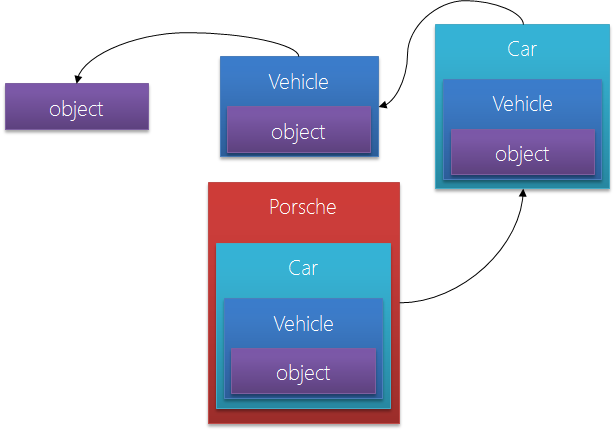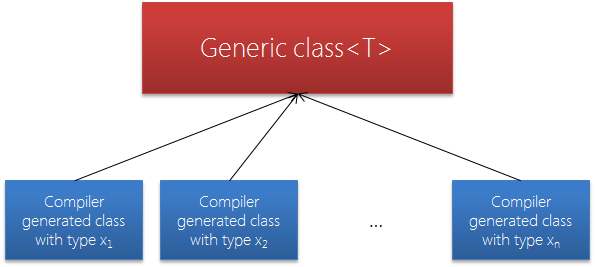Programming C#
Day 2: Object oriented programming (OOP), Generics and Windows Forms projects

Florian Rappl, Department of Theoretical Physics, University of Regensburg

class and structnull if not instantiatedthis pointerbasepublic
privateprotectedinternalpublicinternal protected, i.e. internal or protectedclass / struct / interface / delegate / enum is internal, a member of a class or structure is privatenewabstract (no basic implementation available) or virtualoverrideList<T> - strongly typed collection (list)List<int>, List<double>, two classes will be generated by the compilerT with usage T myvariable)
public static void Swap<T>(ref T l, ref T r) {T temp = r; r = l; l = temp;}int a = 3; int b = 4; Swap(ref a, ref b);
wherenew() means has def. constructorvoid Test<T>(T obj) where T : new()T : Stopwatch, new()whereabstract before classabstract methods and propertiesControlFormForm represents a window

Florian Rappl, MVP Visual C#